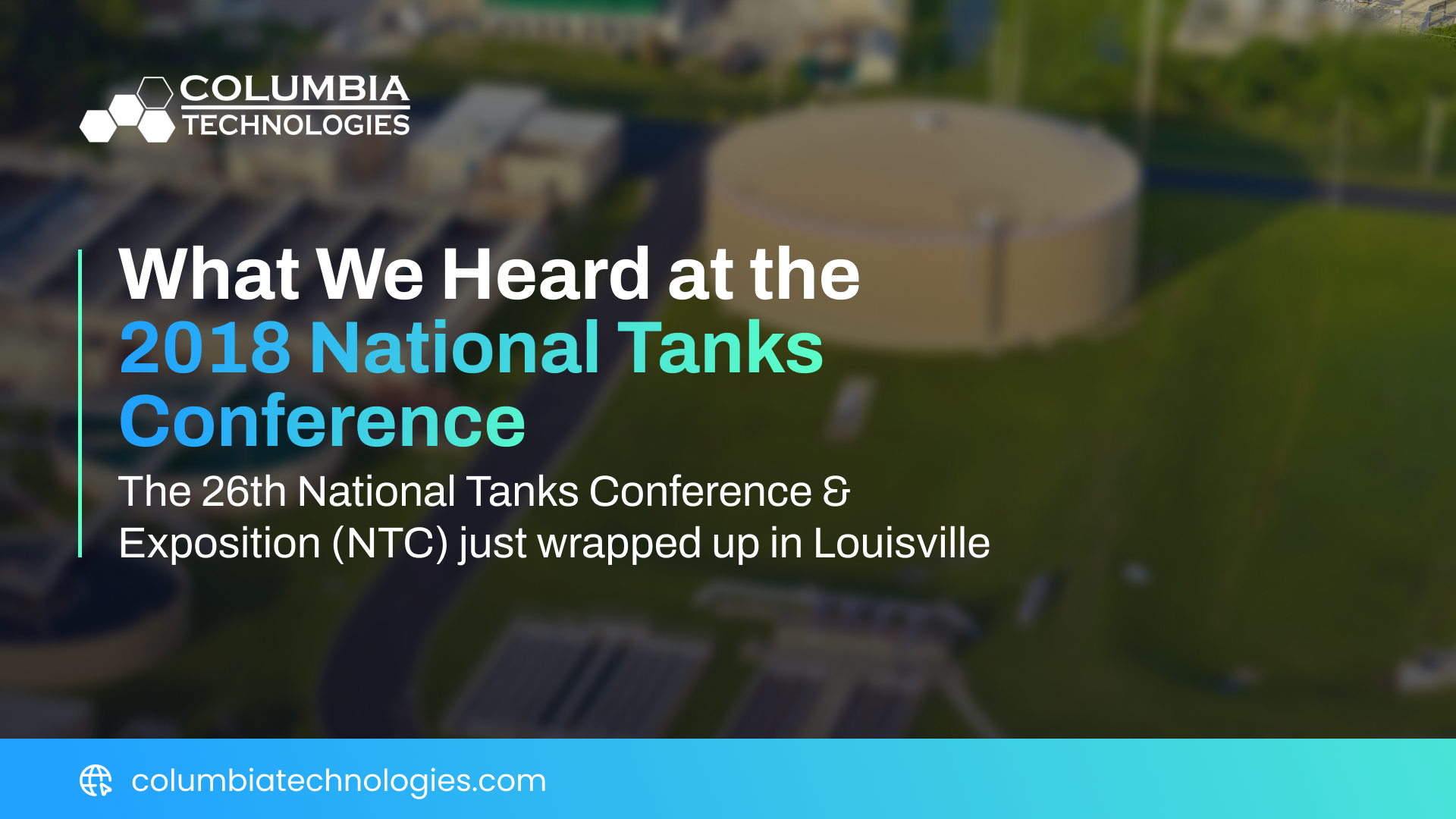The 26th National Tanks Conference & Exposition (NTC) just wrapped up in Louisville, Kentucky. The conference was professional rewarding as we learned how far the science of LNAPL management has come in recent years. Several presentations highlighted the importance of thorough data gathering before leaping to expensive remedies. Multiple innovative approaches to gather "scale appropriate" data in all types of soil conditions including consolidated bedrock were presented in the technical sessions. Our team had chance to hear from a lot of industry practitioners regarding their current challenges as well as attend the technical sessions. Here are some highlights of what we heard...
WHAT WE HEARD AT NTC 2018
Cho-Yi Risher and Wil Anderson from EPA OUST reported the results of their review of the state of financial responsibility of state funds started in 2017. Some of their observations:
-
There has been a small change in the total number of cases being managed across the states surveyed
-
A median of 41% of available funds at the state level are being spent on cases
-
A median of five months evolve from the reporting of a release to starting investigation
-
A median of cases take 75 months to close from the time they are reported
- Looking closer at the trends
- Money appears to be available - but is not being spent,
- The total number of sites being closed has slowed; there is a steady number of remaining cases,
- State lead sites tend to get limited funding
- Cleanup times are ”relatively long"
A common theme: "If you have a water contamination problem, you have a soil contamination problem". An LNAPL conceptual site model (LCSM) should address where is the LNAPL, what soil does it reside in, is the LNAPL mass stable, and is it transmissive before implementing more aggressive remedial action.
HRSC or better yet, "scale appropriate" measurements of soil , water, and contaminants are needed for accurate conceptual site model before expending a lot resources on cleanup technologies or approaches. Typically, long-screen monitoring wells with their associated filter packs do not provide sufficient resolution to separate different soil permeabilities and accurately delineate residual contaminant mass.
HRSC is not one tool or methodology but a scientific approach employing scale appropriate measurements of soil (both consolidated and unconsolidated), water, vapor, and contaminants.
The industry and states need flexibility and mechanisms to allow for innovation. Regulations, funding mechanisms, and local procedures should incorporate flexibility to allow new and innovative approaches to be applied on the remaining difficult cases.
Natural Source Zone Depletion (NSZD) can generate mass reduction rates comparable to many engineered remediation methods. Characterization and performance monitoring should include the assessment of NSZD mass degradation rates and be compared to traditional remediation methods.
Excellent methodologies for the management of LNAPL sites can be found in ITRC's LNAPL-3 Web-based guide. Additionally, numerous free training opportunities are available at www.ITRCweb.org.
Our vote for a presentation incorporating Best Science:
Roy Thun, GHD: ITRC’s TPH Risk Based Guidance Document. TPH and TPH risk is still not well understood. TPH comprises thousands of chemicals that are not well understood. Use of BTEX as a basis for risk management may not accurately identify the total risk of TPH. Less than 1/3 of states use TPH as a marker in their risk assessment programs. TPH metabolites are not considered TPHs, have significantly different properties, and should be considered separately as emerging contaminants.
Our vote for the Best Quote:
Dorothy Malaier, ADEM: "We tend to underestimate the rate of biological natural degradation in our risk assessment calculations. We’re not comfortable with our own calculations, [this area needs a better understanding.]"
Follow this blog as we walk through the elements of high-resolution site characterization, what works, what doesn’t work, and learn how to achieve better results earlier and at lower cost on your leaking underground storage tank site.
Other Blog Posts that may be of interest:
6 Reasons for High-Resolution Characterization of Your UST Site
7 Steps for a High-Resolution LNAPL Conceptual Site Model (LCSM)
High Resolution Site Characterization Tools




